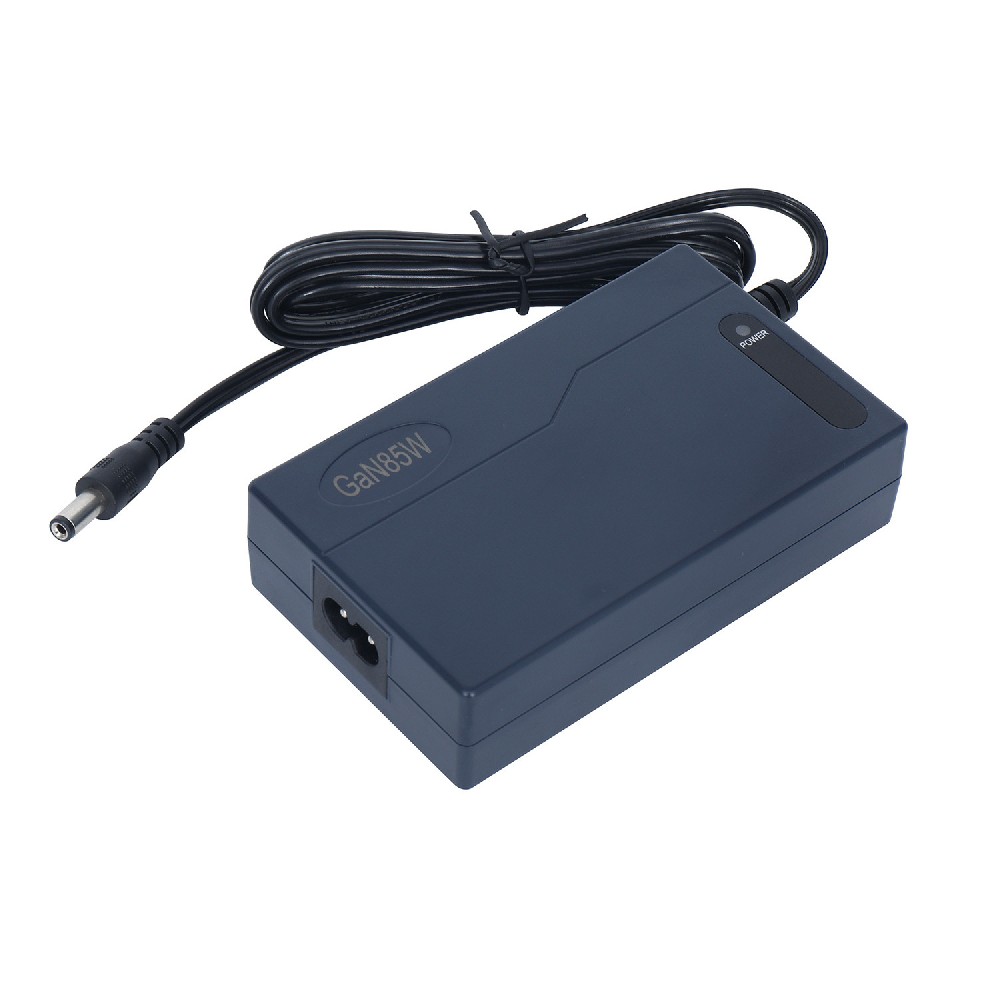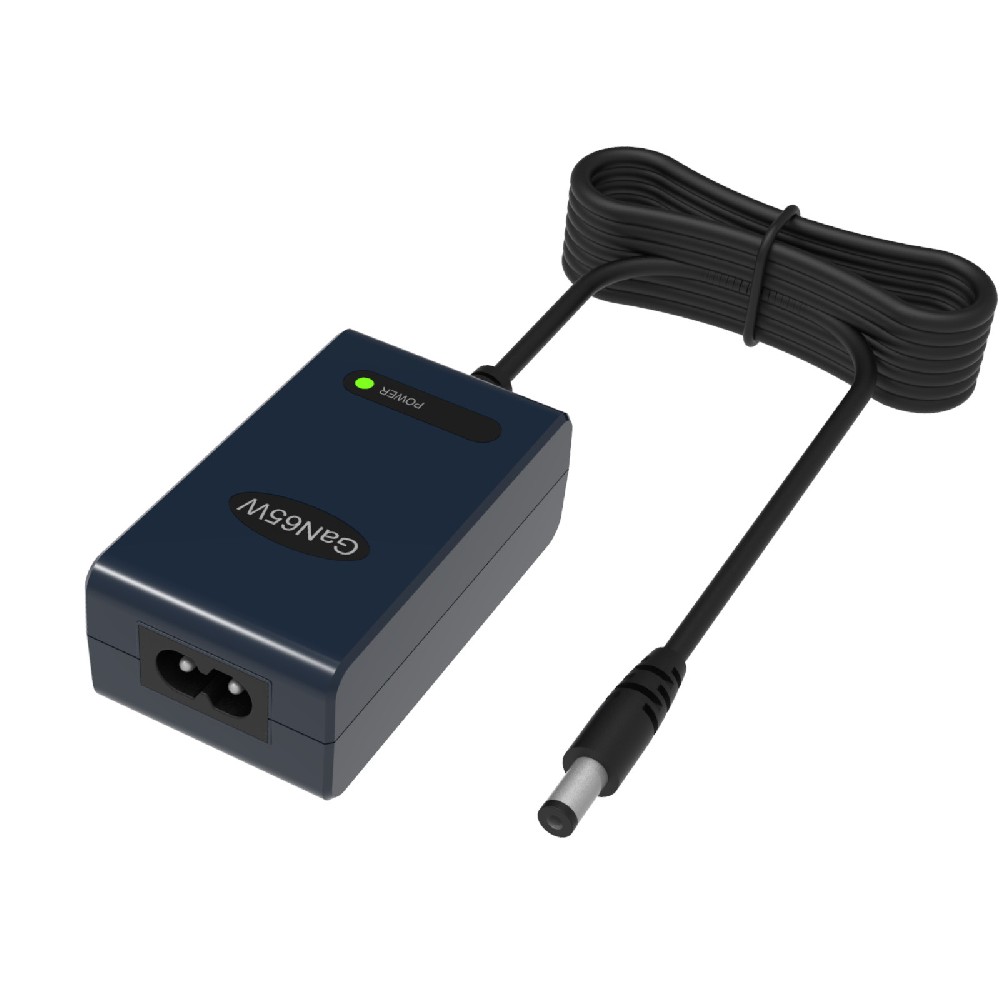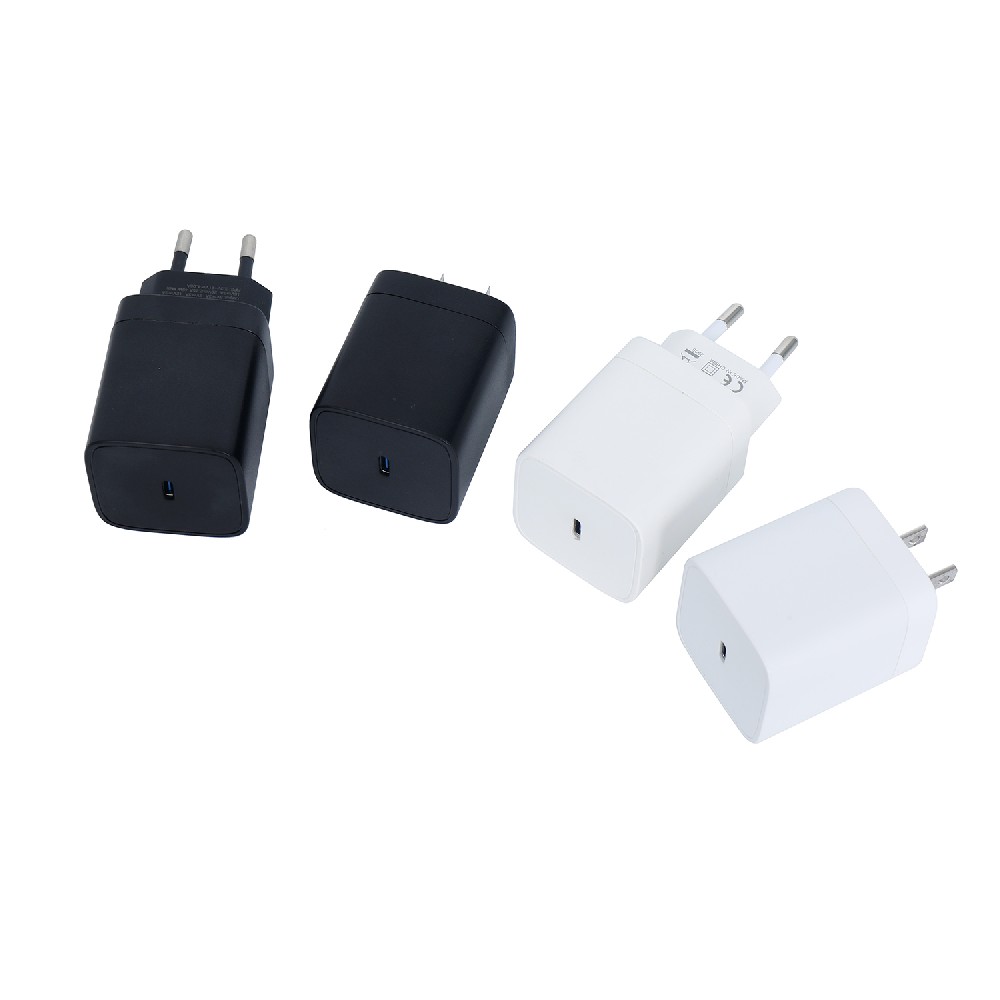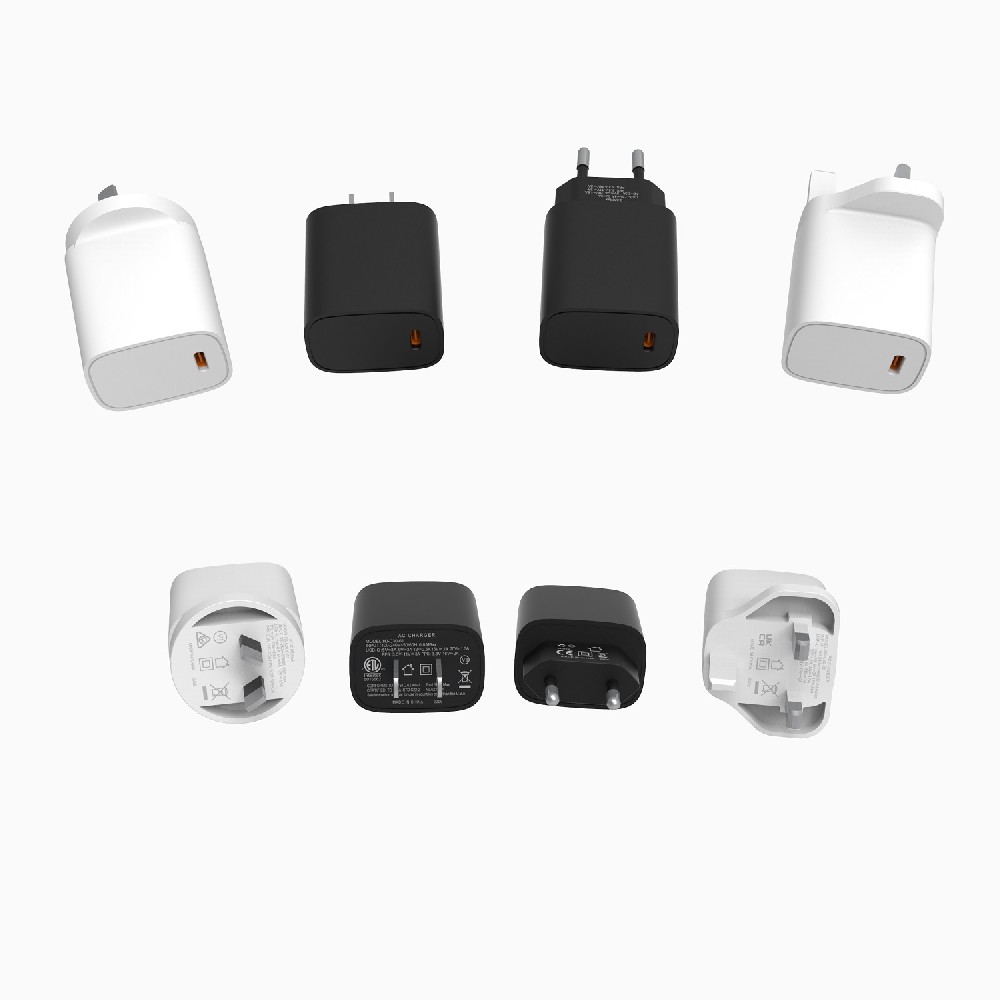Information Center
The Vital Role of Battery Charger Circuits: Powering Our Lives with Safety and Efficiency.
Published:2023-07-28 20:34:00 Author:Green WCND Views:72Battery Charger Circuit: An Overview
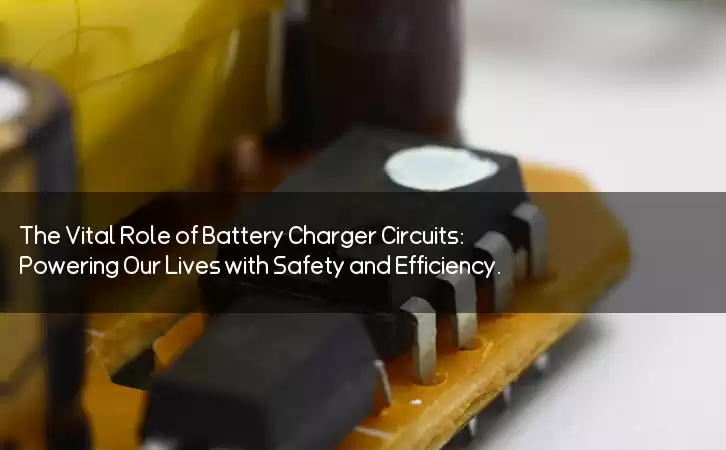
A battery charger circuit is an electronic circuit that converts AC (alternating current) power from a wall outlet into DC (direct current) power that charges rechargeable batteries. With the exponential growth of electronic devices, rechargeable batteries have become a ubiquitous part of our lives. From cell phones to laptops, from electric vehicles to home backup systems, rechargeable batteries power the devices and machines that enable us to live our lives comfortably.
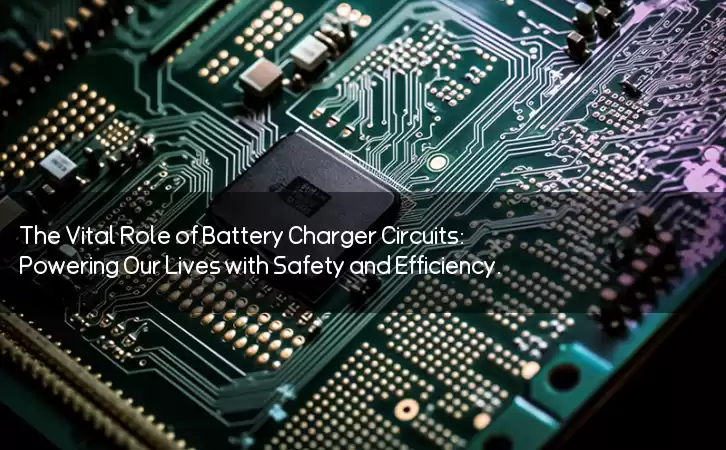
Battery charger circuits come in a wide variety of shapes and sizes, depending on the type of battery, the charging time, the charging current, and other factors. Some of the most common types of batteries that are charged with a battery charger circuit include lead-acid batteries, nickel-cadmium batteries, nickel-metal-hydride batteries, and lithium-ion batteries.
The basic components of a battery charger circuit include a transformer, a rectifier, a filter, a voltage regulator, and a charging circuit. The transformer is responsible for stepping down the AC voltage from the wall outlet to a safe and manageable level. The rectifier converts the AC voltage into DC voltage that can be used to charge the battery. The filter removes any unwanted interference or noise from the DC voltage. The voltage regulator ensures that the charging voltage is kept within safe limits and that the battery is not overcharged or undercharged. The charging circuit controls the charging current and time, and ensures that the battery is charged efficiently and safely.
Different types of batteries require different charging methods and algorithms. For example, lead-acid batteries require a constant voltage charging method, which means that the charging voltage is kept constant while the charging current decreases as the battery gets fully charged. Nickel-cadmium and nickel-metal-hydride batteries require a constant current charging method, which means that the charging current is kept constant while the charging voltage increases as the battery gets fully charged. Lithium-ion batteries require a more complex charging method that involves constant current charging, constant voltage charging, and temperature monitoring, in order to avoid overcharging, undercharging, or overheating.
Battery charger circuits can be designed for a wide range of applications, from small portable devices to large industrial systems. Some circuits are simple and low-cost, while others are complex and high-performance. Some circuits are designed for hobbyists and DIY enthusiasts, while others are designed for professional engineers and technicians. Regardless of the application, battery charger circuits play a crucial role in ensuring that our electronic devices and machines have a reliable and efficient power source.
Power Adapter Design and Customization Guide for Portable Electric KettlesI. Common Design Types for Portable Electric Kettle Power AdaptersPortable electric ke···
I. Common Design Types of Power Adapters External Independent Type (Most Common) Design: A standalone adapter (e.g., "black brick") connected to the p···
Handheld Vacuum Cleaner Power Adapter Selection GuideIntroductionHandheld vacuum cleaners have become a mainstream tool for household cleaning due to their port···
Drill Power Adapter Selection Guide.drill-container { font-family: Arial, sans-serif; line-height: 1.6; max-width: 800px; margin: 0 auto; padding: 20px; } .dril···
